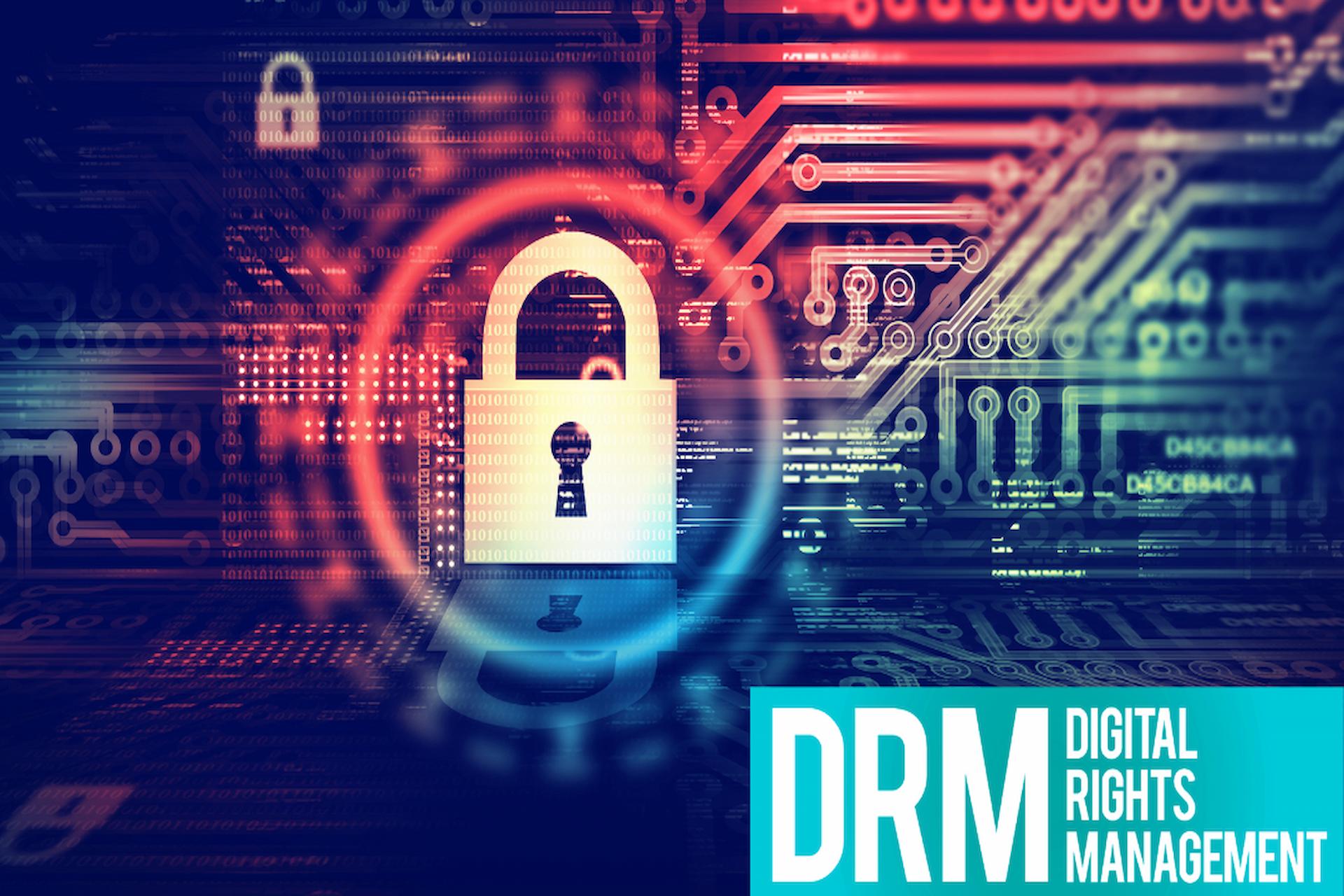Digital Rights Management (DRM) and watermarking are essential tools for protecting and monetizing video content in the video streaming industry. Here are some of the key roles that DRM and watermarking play in video streaming services:
- Content Protection: DRM is used to protect video content from unauthorized access and distribution, by encrypting the video file and controlling access to it. This helps to prevent piracy and illegal sharing of video content.
- Monetization: DRM is also used to control the distribution and monetization of video content, by allowing content owners to set licensing and pricing rules for their content. This enables video streaming services to generate revenue from their content, while protecting the rights of content owners.
- Audience Segmentation: DRM can be used to segment the audience for video content, by providing different levels of access and pricing for different user groups. This allows video streaming services to tailor their offerings to specific segments of their audience, and maximize their revenue potential.
- User Experience: Watermarking can be used to enhance the user experience of video streaming services, by providing a visual cue to the source of the content, and ensuring that users are receiving high-quality, legitimate content. This helps to build trust with users and increase engagement with the video content.
- Analytics And Tracking: Watermarking can also be used to track the usage and distribution of video content, providing valuable insights into user behavior and content performance. This can help video streaming services to optimize their content offerings and improve their ROI.
Challenges Of Watermarking
While watermarking can be an effective tool in anti-piracy efforts, there are also several challenges associated with the technique. One challenge is balancing the visibility of the watermark with the user experience. Visible watermarks can be intrusive and detract from the content, leading to a negative user experience.
Another challenge is the potential for infringers to remove or alter the watermark, rendering it ineffective. To combat this, some watermarking technologies use dynamic watermarks that change over time, making it more difficult for infringers to remove or alter them.
In addition to establishing legislative frameworks, governments are also responsible for enforcing laws and regulations related to piracy. This includes investigating and prosecuting individuals and organizations involved in piracy, as well as working with international organizations and other governments to combat piracy on a global scale.
In summary, DRM and watermarking are critical tools for protecting and monetizing video content in the video streaming industry. By providing content protection, monetization capabilities, audience segmentation, user experience enhancements, and analytics and tracking, DRM and watermarking enable video streaming services to deliver high-quality, legitimate content to their users, while maximizing revenue and minimizing risk.




